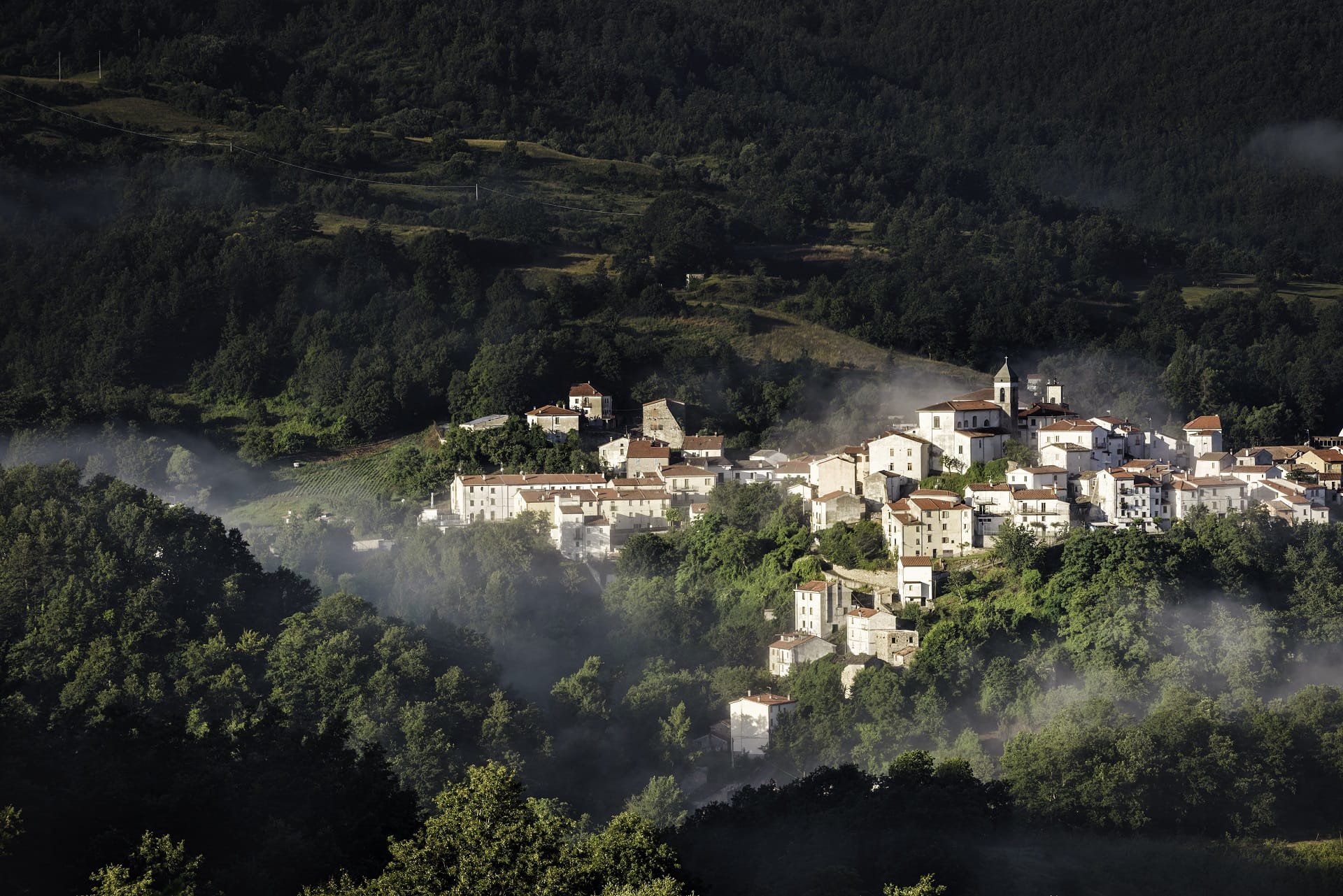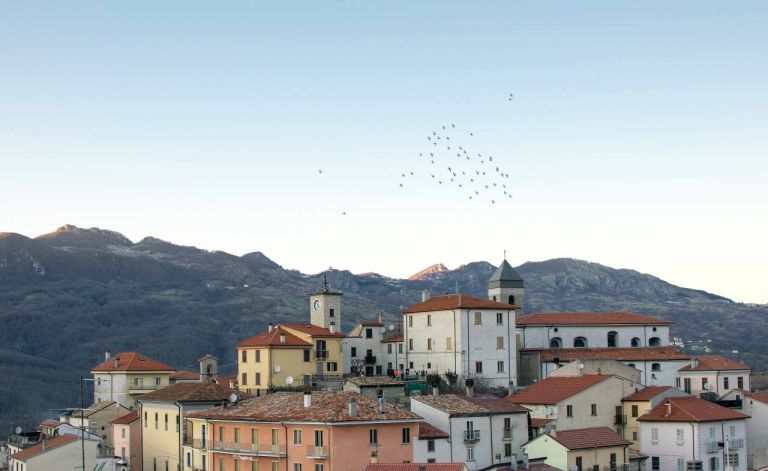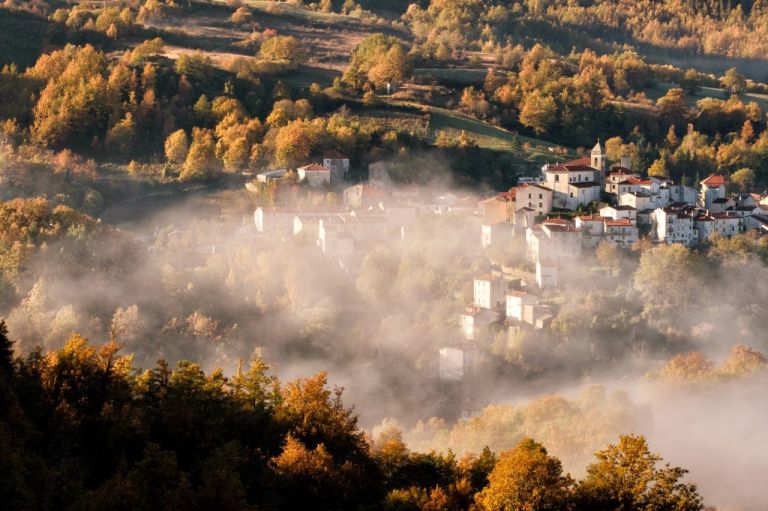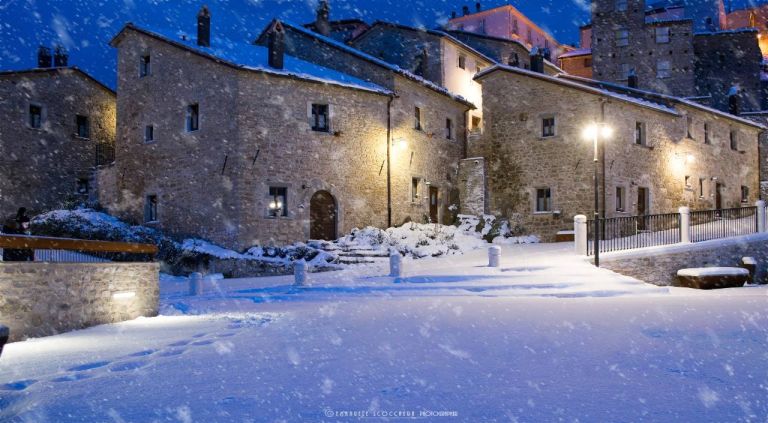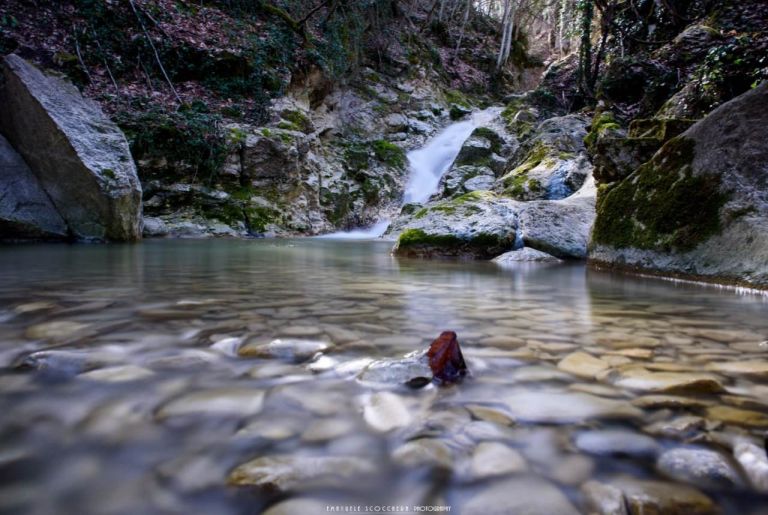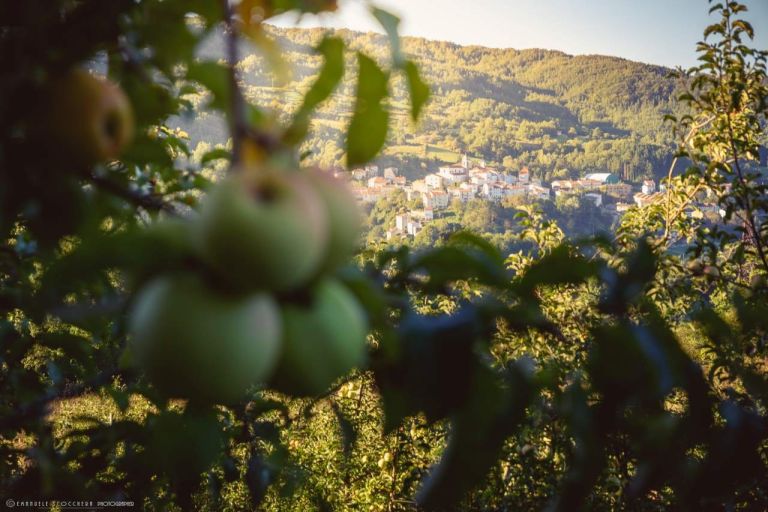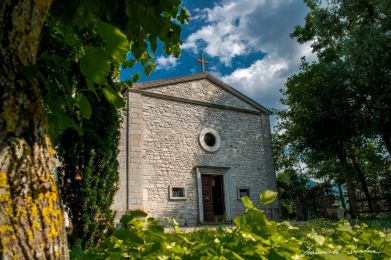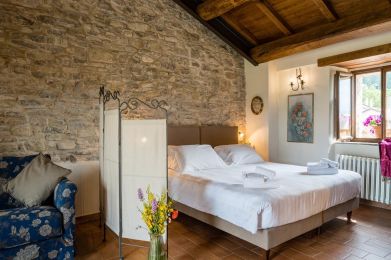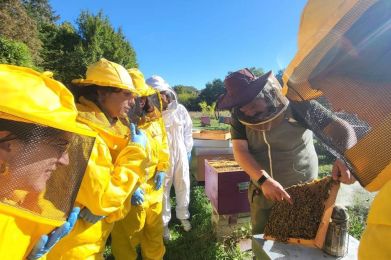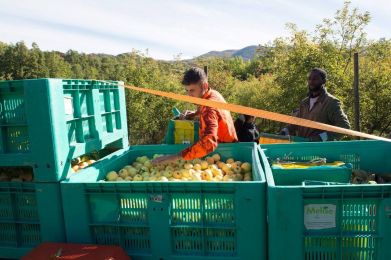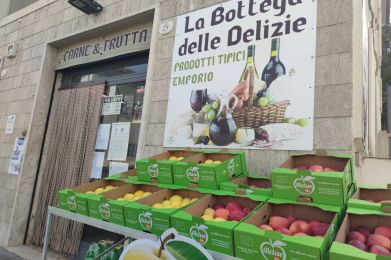Among the peaks of Alto Molise, on the border with Abruzzo, lies Castel del Giudice, a charming medieval village at 800 meters above sea level, nestled in an unspoiled landscape of forests, pastures and apple orchards. Nestled along the banks of the Sangro River, this small town is the perfect example of how a community can reinvent itself, turning the challenges of abandonment into opportunities for rebirth.
A village between nature and history
Castel del Giudice has ancient origins, probably medieval, although many documents have been lost over time. Its name, recalling the ancient "Castrum Judicis", evokes the idea of a castle with jurisdictional functions.
Its strategic location along the Castel del Giudice - Sprondasino sheep trail made it historically a stopping place for transhumance. The village experienced a moment of splendor between the 14th and 15th centuries under Captain Giacomo Caldora, a prominent historical figure in the military landscape of the Kingdom of Naples.
The redemption of a territory
In recent decades, Castel del Giudice has been the protagonist of an ambitious and virtuous project of urban, economic and social regeneration. After years of depopulation and abandonment, the inhabitants and administration have chosen to focus, among other initiatives, on organic farming and widespread hospitality, giving rise to new forms of local economy. An example of this is Borgotufi, born from the recovery of old abandoned farmhouses and stables, transformed into an elegant albergo diffuso with two restaurants, SPA, outdoor swimming pool and conference center. A village within a village, which today represents the emblem of local rebirth.
Organic farming and sustainability
The landscape around Castel del Giudice is dotted with organic apple orchards planted on once uncultivated land.
It was the municipality and some local entrepreneurs, in collaboration with about 50 landowners, who wanted to reclaim the land where Golden Lasa, Golden Delicious, Golden Orange, Gala Sansa, Gala Galaxi, Fuji kuku, RedChief, and Renette apples grow.
Adjacent to the Melise headquarters is the Malto Lento agricultural brewery, the first agricultural beer in Alto Molise, made from barley grown in Castel del Giudice. One can also visit the Giardino delle Mele Antiche (Garden of Ancient Apples) where native fruits, such as the Limoncella apple, the Zitella apple the Gelata apple, and others, have been recovered, up to 60 different types. This approach has enabled the village to join the network of Organic Cities.
Among the most significant initiatives is the Apiario di Comunità, created in collaboration with Legambiente and VOLAPE, which involves more than 30 beekeepers in the area between Molise and Abruzzo. Their hives produce a wildflower honey that reflects local biodiversity while supporting agriculture and environmental protection.
What to see
Walking through the quiet streets of the village, one discovers charming corners and fine architecture. The Church of St. Nicholas, in Baroque style, is one of the main historical landmarks. Also worth visiting are the Church of the Immaculate Conception, rebuilt after World War II, the Chapel of St. Anthony, and the Sanctuary of the Madonna in Saletta, nestled in a pine and fir forest, a pilgrimage destination and a place of great spiritual appeal.
Nature of living
The area surrounding Castel del Giudice is a paradise for outdoor enthusiasts: hiking, mountain biking and e-biking along scenic trails or to the Sulphurous Water Spring , beech and turkey oak forests, and historic mule tracks. In the summer months, the rafting center on the Sangro River is perfect for relaxing raft or canoe rides.
The village's location makes it easy to reach some of the best-known mountain and ski resorts in the Apennines, such as Capracotta, Castel di Sangro, Roccaraso, and Pietrabbondante, as well as the Majella Park and the National Park of Abruzzo, Lazio, and Molise.
Traditions, taste and hospitality
Castel del Giudice is also a village with an authentic and welcoming heart. Throughout the year, events and festivals enliven its streets, such as St. Anthony's Fire (January 17), the Maggiolata (May 1), the Salami and Pallotta Festival (August), the Apple Festival (second weekend in October), and the CastelDelGiudice Buskers Festival (after Ferragosto), an international and multicultural street art festival.
The gastronomic tradition is rooted in pastoral and peasant culture. Typical dishes include pallotte cacio e ova, breaded lamb, polenta, pasta with lamb sauce, pancotto with potatoes, and many other recipes based on mushrooms, truffles, cured meats, and local cheeses. Genuine products that tell the story of the area through taste.
A model to emulate
Today Castel del Giudice is more than a village: it is a laboratory of sustainable development, an example of how Italy's inland areas can come alive again, focusing on community, nature, culture and innovation. With strategic plans such as the Urban Regeneration Plan and the "Castel del Giudice Centro di (Re)Generation dell'Appennino" project, the municipality has been able to build a system in which environment, economy and people coexist in harmony.
Everyone is a protagonist in this model: residents, families, entrepreneurs, young people and even new foreign residents, actively involved in a multidisciplinary and inclusive network where everyone's contribution is valued. Castel del Giudice is today a place that inspires, welcomes and proves that a future in the villages is possible, if built together.

